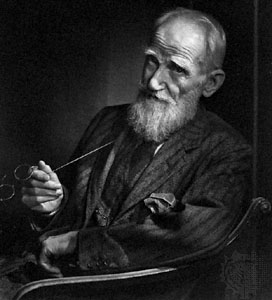EDI Update
In the past month, work has continued through the Justice, Equity, Diversity, Inclusion and Access Advisory Council meetings, with a focus on respectful bridge-building opportunities with Indigenous communities, land acknowledgment details and program and policy recommendations.
In efforts to secure additional support for EDI work, multiple granting opportunities have been targeted and processed through community foundations and government bodies.
During theatre closure, interim programming was developed to animate the space and stay connected with the community through Playbill Presents. The Series will officially open on October 16 with additional performances and artists scheduled for November. Click here for more information about performers and performances.
Staff and Board engagement continues through the approval process of an updated Respectful Workplace Policy, which includes additional reporting options.








